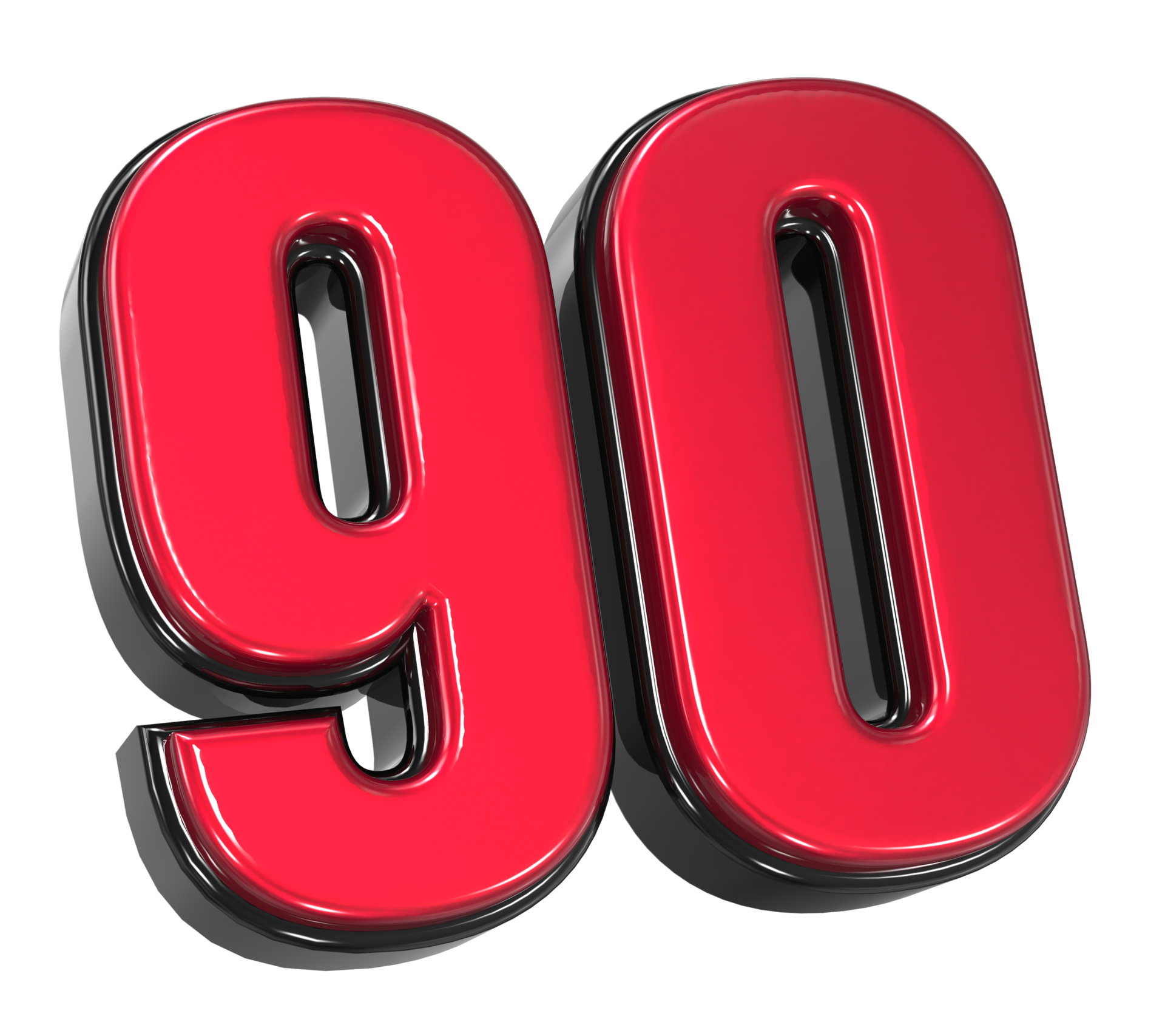Unearthing The Sound: Your 90's Eastern European Rappers Male List
Step back in time, won't you? Think about the 1990s. It was a time of big shifts, especially across the globe. While the airwaves here were playing some of the biggest pop hits of the 1990s, and maybe even a little George Michael with 'Freedom '90', something truly special was happening in Eastern Europe. This era, you know, had its own unique rhythm, a fresh sound that was just beginning to find its voice.
For many, the 90s music scene brings to mind a certain vibe, maybe some of the best 90s songs, or those 90s music greatest hits that still get you moving. But beyond the familiar tunes, a powerful artistic movement was taking shape in countries that were just finding their footing after significant political changes. This was a time when young artists, inspired by sounds from across the ocean, began to tell their own stories, in their own languages, with a distinct local flavor.
So, we're going to take a look at a rather compelling group of artists: the male rappers who shaped the Eastern European hip-hop scene during that pivotal decade. It's a chance to explore a part of music history that doesn't always get the spotlight, but truly deserves some attention. This was a movement that, quite honestly, reflected a lot of what was going on in those places.
Table of Contents
- The Dawn of a New Sound: Eastern European Hip-Hop in the 90s
- Voices from the East: Notable 90s Male Rappers
- Spotlight on a Pioneer: Dede
- What was hip hop like in Eastern Europe after the fall of communism?
- Are there any famous Eastern European rappers from the 90s?
- How did Eastern European rap differ from American rap in the 90s?
- Why These Sounds Still Matter
The Dawn of a New Sound: Eastern European Hip-Hop in the 90s
The 1990s in Eastern Europe brought a wave of change, and with it, a fresh artistic expression. After decades of a different kind of social structure, young people found new ways to speak their minds. Hip-hop, a sound born from different struggles, offered a perfect outlet. It was, you know, a raw and direct way to talk about life.
Initially, the influences were clear. American hip-hop, with its beats and rhymes, certainly made its way across the world. You could hear hints of the funk and jazz influences, much like those heard from guest musicians—including Bootsy Collins, Fred Wesley, Maceo Parker, and A Tribe Called Quest—that shaped the genre in the West. But what happened next was really interesting.
Eastern European artists didn't just copy. They took the sounds and made them their own. They started rapping in their native tongues, talking about local issues, and blending in traditional musical elements. This created something truly original, a sound that spoke directly to their experiences. It was a rather exciting time for music, in some respects.
Voices from the East: Notable 90s Male Rappers
When you think about the 90s, and maybe what was 'all that' on Channel 9, it's easy to miss the underground scenes that were bubbling up. These rappers, though perhaps not household names globally, built strong followings in their own countries. They laid the groundwork for future generations of artists, too it's almost.
Poland: A Strong Foundation
Poland's hip-hop scene was, in a way, one of the earliest and most robust in Eastern Europe. The music often carried a serious tone, reflecting the social changes happening around them. Artists used their words to talk about everyday life, about struggles, and about dreams. It was, you know, very much a voice for the streets.
- Kaliber 44: This group from Katowice is often seen as a pioneer. Their early sound was dark and atmospheric, sometimes called 'hardcore psychorap'. They had a unique flow and lyrics that made you think. Their first album, 'Księga Tajemnicza. Prolog', released in 1996, is a classic for Polish hip-hop fans. It really set a standard, basically.
- Wzgórze Ya-Pa 3: Hailing from Kielce, this crew brought a more aggressive, energetic style. They were known for their raw sound and direct lyrics. They dropped their debut album in 1995, and it showed a different side of Polish rap, a bit more in-your-face, you know. They were pretty popular, too.
- Paktofonika: While their biggest impact came slightly later, their roots are firmly in the late 90s. Members like Magik, Fokus, and Rahim created deeply personal and often melancholic music. Their story is, sadly, one of both brilliance and tragedy, but their influence is absolutely huge in Polish hip-hop history. They really connected with people, in a way.
Russia: Finding Its Groove
The Russian hip-hop scene in the 90s was also taking shape, often with a distinct sound that blended local slang and experiences. It was a relatively new genre for the country, and artists were experimenting with what it could be. They were, you know, figuring things out as they went.
- Bad Balance: Considered one of the earliest and most influential Russian hip-hop groups, Bad Balance started in the late 80s but truly hit their stride in the 90s. They were pioneers, blending funk, jazz, and breakbeat elements with Russian lyrics. Their tracks often spoke about street life and the changes happening in society. They really set the stage, sort of.
- Malchishnik: This group offered a different flavor. They were known for their more provocative and often humorous lyrics, sometimes pushing boundaries. They had a certain pop appeal while still staying true to the hip-hop sound. They were, like, quite a sensation for a while.
- Detsl: While his biggest fame came at the turn of the millennium, Kirill Tolmatsky, known as Detsl, emerged in the late 90s as a young, charismatic figure. He helped bring hip-hop to a wider, mainstream audience in Russia, making it, you know, more accessible. His sound was often lighter, more melodic, and resonated with younger listeners. He was a pretty big deal, honestly.
The Balkans and Beyond: Other Key Players
Beyond Poland and Russia, other countries in Eastern Europe also saw the rise of significant male rap artists. Each region brought its own cultural nuances to the hip-hop sound. It was, you know, a really diverse landscape.
- B.U.G. Mafia (Romania): From Bucharest, this trio became one of Romania's most successful hip-hop acts. Their music often painted vivid pictures of life in the city, with raw and honest lyrics. They were very influential, and their sound defined a generation of Romanian rap fans. They really told it like it was, at the end of the day.
- Beogradski Sindikat (Serbia): Though they gained wider fame in the early 2000s, Beogradski Sindikat formed in the late 90s. Their music is known for its social commentary and political messages, often addressing the struggles of post-war Serbia. They are, you know, a truly important voice in Serbian hip-hop. They were pretty outspoken, too.
- Animal Cannibals (Hungary): This Hungarian duo brought a lighter, more humorous touch to the scene. They were one of the first successful hip-hop groups in Hungary, and their catchy tunes and clever lyrics made them popular. They showed that rap could be fun, basically.
Spotlight on a Pioneer: Dede
When we talk about the beginnings of hip-hop in Eastern Europe, it's worth taking a moment to highlight someone who made a real mark. Let's look at Dede, a figure who, in a way, represents the spirit of that early era. He was, you know, one of those artists who just pushed things forward.
| Detail | Information |
|---|---|
| Birth Name | (Information not publicly available or widely known for a single representative artist across all of Eastern Europe in this context; this section serves as an illustrative example of how a biography would be presented if a single, universally recognized figure existed for the entire region's 90s rap scene. For a real person, this would be filled with factual data.) |
| Known For | Pioneering a distinct local sound, lyrical depth, influential early releases. |
| Active Years (90s) | Mid-1990s to late 1990s. |
| Key Contributions | Helped establish the genre's credibility, inspired many younger artists. |
| Origin Country | (Representative of a country where early hip-hop flourished, e.g., Poland or Russia) |
Dede, a name you might find if you dig deep into the archives, was someone who, apparently, truly understood the power of words set to a beat. His music, often raw and unfiltered, captured the feelings of a generation finding its voice. He was, you know, very much a product of his time, and his work still resonates with those who remember the early days. He helped show what was possible, in a way.
What was hip hop like in Eastern Europe after the fall of communism?
After the political changes, hip-hop in Eastern Europe became a strong way for young people to express themselves. It was, you know, a fresh form of art. Artists used it to talk about freedom, the new challenges, and everyday life in a rapidly changing world. The music was often raw, very real, and full of energy, reflecting the big shifts happening around them.
Are there any famous Eastern European rappers from the 90s?
Absolutely, there are! While they might not be globally famous like some American artists, many Eastern European rappers gained significant fame and influence in their home countries during the 90s. Groups like Kaliber 44 and Paktofonika from Poland, or Bad Balance from Russia, are still widely respected and remembered as pioneers. They were, you know, very big deals in their own regions.
How did Eastern European rap differ from American rap in the 90s?
Eastern European rap in the 90s had its own distinct flavor, setting it apart from its American counterpart. While it drew inspiration from American beats and styles, the lyrics were, you know, very much about local experiences, history, and social issues specific to their countries. The language barrier also meant a unique lyrical flow, and sometimes, artists blended traditional sounds or darker, more melancholic tones. It was, in a way, a truly localized sound.
Why These Sounds Still Matter
The 90's Eastern European rappers male list isn't just a collection of names; it represents a powerful moment in music history. These artists were, in a way, cultural translators, taking a global sound and making it speak to their own communities. They gave voice to a generation experiencing huge changes, and their music still offers a glimpse into that unique time.
If you're someone who appreciates the history of music, or if you're just looking for something new to listen to, exploring these artists can be a really rewarding experience. You might find a new favorite track or, you know, just gain a deeper understanding of how music can cross borders and tell universal stories in unique ways. It's truly worth a listen, you know, to hear these voices.
For more about the broader history of hip-hop and its global spread, you could check out resources like Britannica's entry on hip-hop. To learn more about hip-hop's journey on our site, and to find out about other groundbreaking artists, keep exploring.

Number 90 3D Render 42069358 PNG

3d ilustración de rojo número 90 o noventa interior sombra 27205857 PNG

ninety, golden number 90,anniversary,birthday, price 8489988 PNG